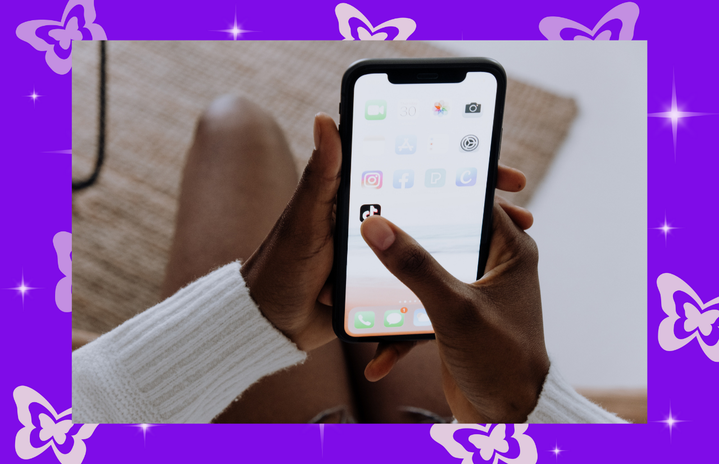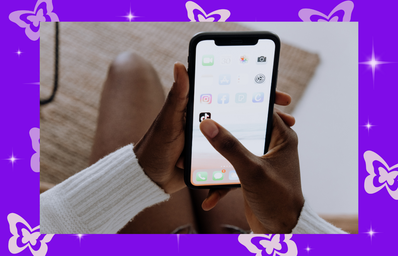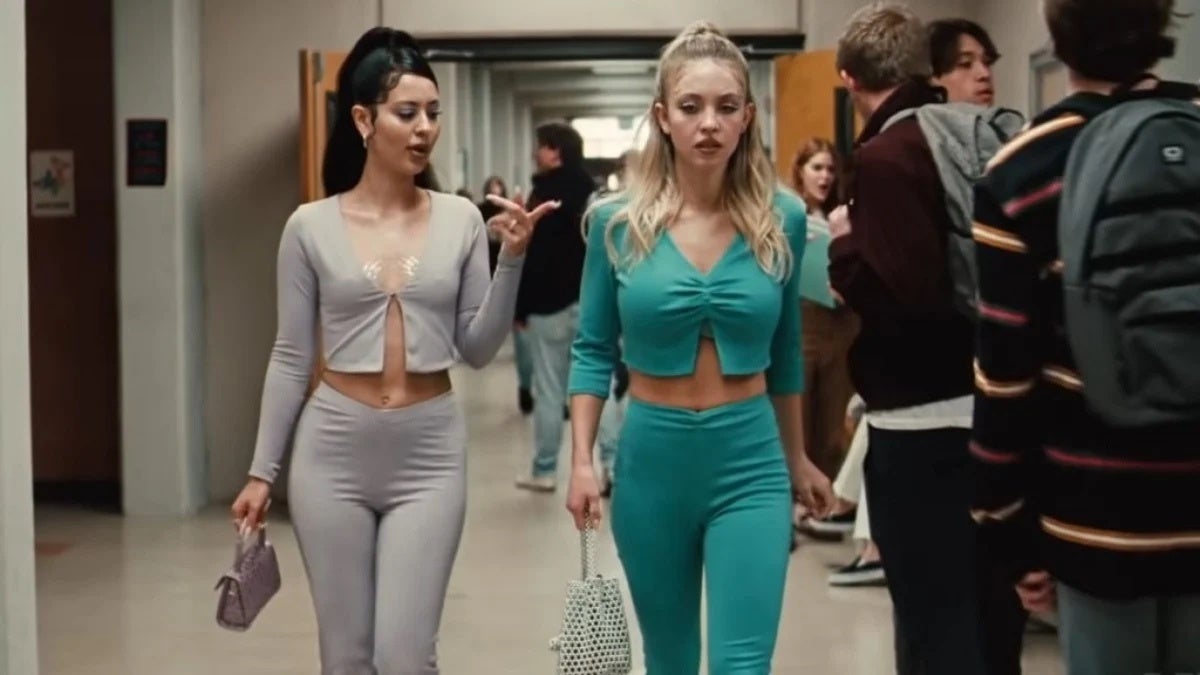TikTok has become one of the most influential platforms of our generation. Many influencers and regular users come to this platform daily to express their opinions and influence others’ thoughts. These videos range from makeup reviews to political beliefs. We see a lot of influencers sharing their daily routines and influencing others to live the way they do to achieve an aesthetic lifestyle, or to look how they look by purchasing the products they use.
However, it has also become common for many to appropriate cultures as trends. The funniest thing is that nobody even notices it. Many white creators had popularized trends such as the clean girl aesthetic, brownie glazed lips, and baggy jeans, not realizing that for years before the popularization of these platforms, women of color were judged and bashed for sporting these exact styles. Creators will mistakingly call it aesthetic and ignore the origins of many of these trends, or more specifically, which culture they were derived from.
The “clean girl” aesthetic is one of the most popular trends of 2022, specifically among white creators who embody this look of a clean, thin, light-skinned girl. However, if we look back at trends in the 90s and early 2000s, we can see these style eras being a staple in black and brown culture. The slicked-back hair, the gold hoops, and the brown lip liner and gloss combo are part of this “clean girl” aesthetic, and white creators are credited and praised for this “innovative” new style. Little do fans of this trend know that these components of the look were already in fashion in minority cultures: components that were teased, trashed, and criticized for years but that are now praised and glorified because they are seen on white creators instead. A lot of the “clean girl” aesthetic also began to stem from the style and looks worn by Euphoria’s character, Maddy Perez.
However, her style reflects a lot of the trends among black and brown women throughout the 90s and early 2000s. Influencers have taken these looks and rebranded them to fit their Eurocentric features, which takes away from the rich history that is behind these makeup looks, hairstyles, and outfits.
The issue with this trend is not who gets to rock these trends, but who gets the credit for them. The erasure of the origins of these trends is not coincidental but something that has been going on for years. Aspects of people of color (POC) culture are overlooked and under appreciated until a white person takes credit for and glorifies the style for the world. We need to reflect on the many cultures that have influenced our society and give credit where credit is deserved. So, the next time you see a trend on TikTok, Instagram or Pinterest, take a second to reflect and do research on where it truly originated before trying it yourself. The goal isn’t to gatekeep these trends, but to appreciate their origins and true creators.



